|
Are you a director or aspiring director that wants to figure out how to be an effective leader? Are you a teacher who needs to work on their leadership skills? According to the Merriam Webster dictionary, a leader is defined as “a person who rules, guides, or inspires others.” Leadership in a child care profession goes well beyond paperwork and meetings and is more focused on the human elements of their workplace. This includes the staff, support staff, children, parents, community, and more. An effective leader knows that the relationships and influence that they have are the true crux of their abilities, and they will strive to do what is morally and ethically sound for all parties involved. During formal and informal conversations, training opportunities, and evaluations you should strive to consider the following areas and how they influence your interactions:
***Does this topic interest you?*** You could enroll in our new course titled Effective Leadership for Child Care Professionals for 3 clock hours. Click here to enroll. Comment one way that a director/supervisor has made you feel seen/heard/good because they were being an effective leader.
Here is mine: Remembering something that I told them and then them asking how it went/following up.
0 Comments
Do you need to add some fun stories into your classroom? From "jabbeling" to "swizzfiggling" and giant peaches or chocolate factories, Roald Dahl has included the reader into his elaborate worlds. Through the humor, nonsense words, and life lessons, children are enticed into reading more and more of his stories. "Two hours of writing fiction leaves this writer completely drained. For those two hours he has been in a different place with totally different people." - Roald Dahl While being fantastically creative, Dahl’s stories are beautifully layered with valuable life lessons for children. Let's look at a few life lessons throughout:
***Does this topic interest you?*** You could enroll in our new course titled Frothbuggling Worlds of Roald Dahl for 2 clock hours. Click here to enroll. Comment one or two of your favorite Roald Dahl stories as a kid.
Here are a few of mine: Matilda! Lots of books!! Charlie and the Chocolate Factory! Chocolate.. duh! :) Do you question how ACEs play into the children in your classroom? Do you know how you can help support them through the trauma? Children can either arrive into an environment that is safe, nurturing and stable or into one that is less safe and kind. The type of experiences that children have in their early years, especially traumatic ones like abuse, neglect and lack of nurturing relationships, shape the development of the brain and their behaviors. We know that humans are designed to experience and react to short moments of stress, about 20 minutes or so, just long enough to decide whether to choose between fight, flight, fawn, or freeze responses. If a young child is constantly being faced with stressful experiences, those stress hormones are released for longer periods of time and may have a long-term impact on development. This child’s mind and body becomes prepared to live in a dangerous world. Their brains are also wired to have specific characteristics, such as impulsiveness, hypervigilance, being on-edge, numb or withdrawn. When there is prolonged exposure to stress hormones, brain cells become impaired and are not able to develop neural pathways and may even die. This type of exposure is called toxic stress. The way this child interacts with you, his peers in the classroom, and engages in learning would be different from a child who is wired to function in a safe and nurturing environment. They are wired to focus on how to survive from one moment to the next.
***Does this topic interest you?*** You could enroll in our new course titled Connecting the Impact of ACEs on Child Development for 5 clock hours. Click here to enroll. Comment some of your favorite ways to combat stress in your life! What do you do for self-care?
Here are a few of mine: Reading Walking Laying down Do you struggle with how to talk about cultural awareness with young children? One way to do this is through picture books! The beauty of books is they help us to bridge the gap between cultures. Not only are we embarking on an academic journey of discovery, but we are learning about cultures that may connect us all. The authors of many children's books create characters that everyone can relate to through the color of their hair, what they wear, say or do in a way that can make them feel comfortable. Whether the reader is a boy, girl, parent, or educator there is a relatable quality to the characters both individually and as a whole. Everyone has a family unit of some kind, whether it is traditional or not. They are able to empathize and feel for various characters which opens a door to learning about their culture. This is how we bridge the gap and elaborate on the themes and lessons that are brought to light in many books. You don't have to explicitly explain what the term stereotype is to children but the more you talk and teach about differences, the more culturally aware children will become. Some of the most common stereotypes that children may notice and books may shed light upon are: Age Ability Religion Nationality Gender Family Dynamic Race ***Does this topic interest you?*** You could enroll in our new course titled Picture Books and Cultural Awareness for 2 clock hours. Click here to enroll. Comment some of your favorite books to use with children to teach about different cultures!
Here are a few of mine: Heather Has Two Mommies by Lesléa Newman Hair Love by Matthew A. Cherry Alma and How She Got Her Name by Juana Martinez-Neal |

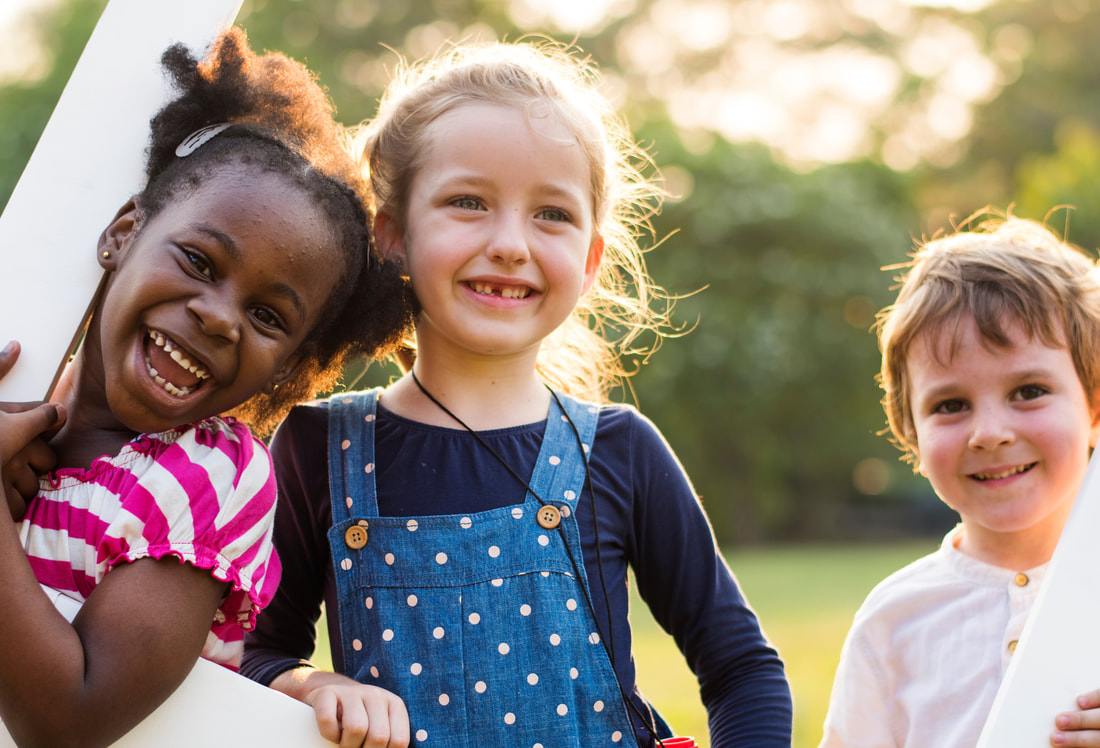


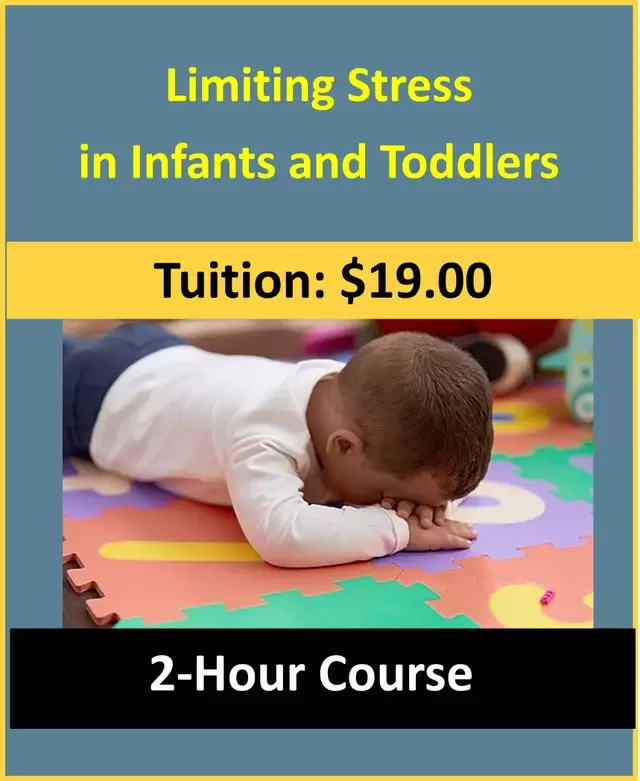
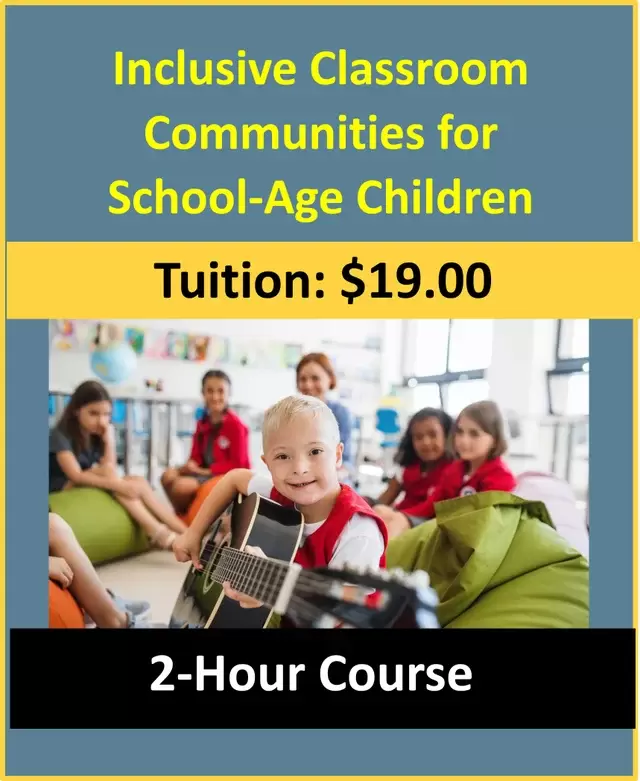
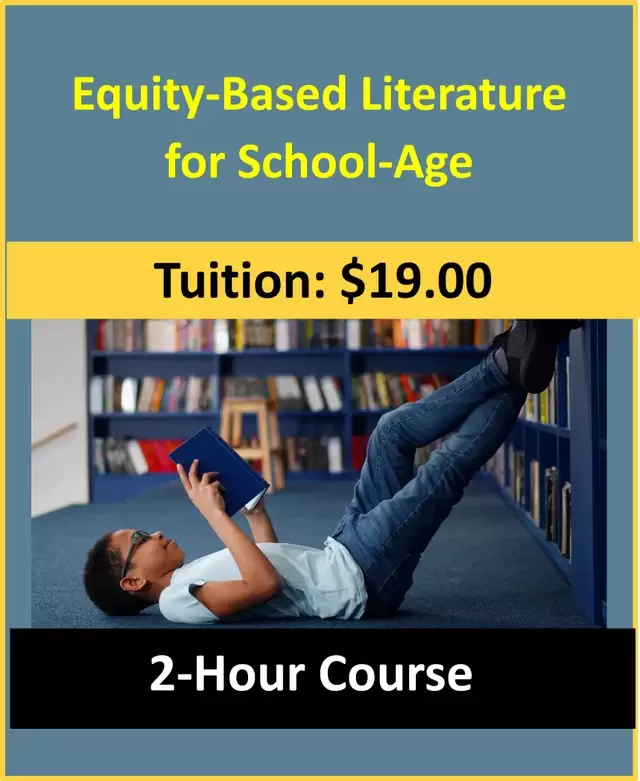
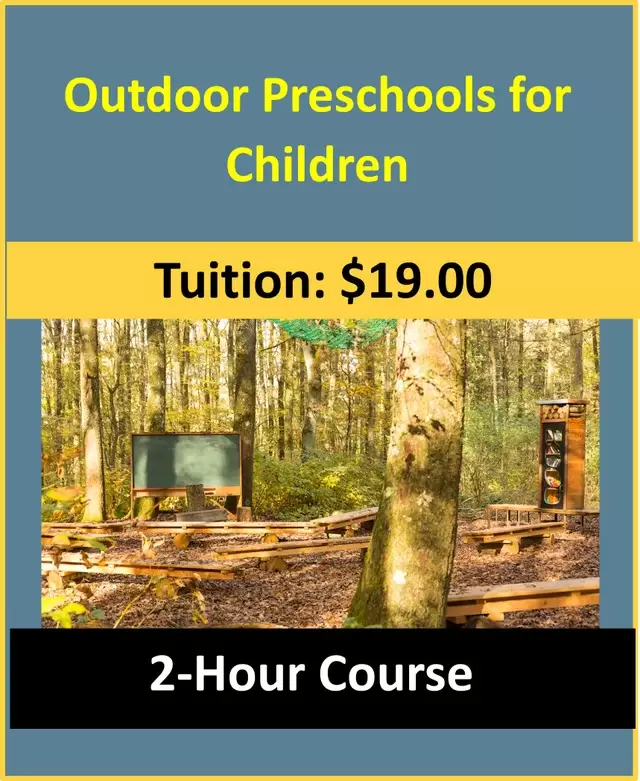
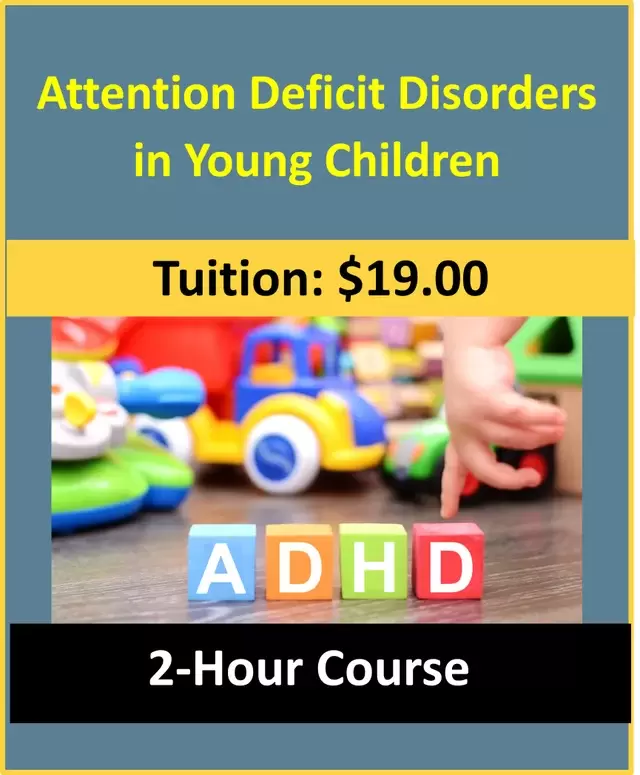
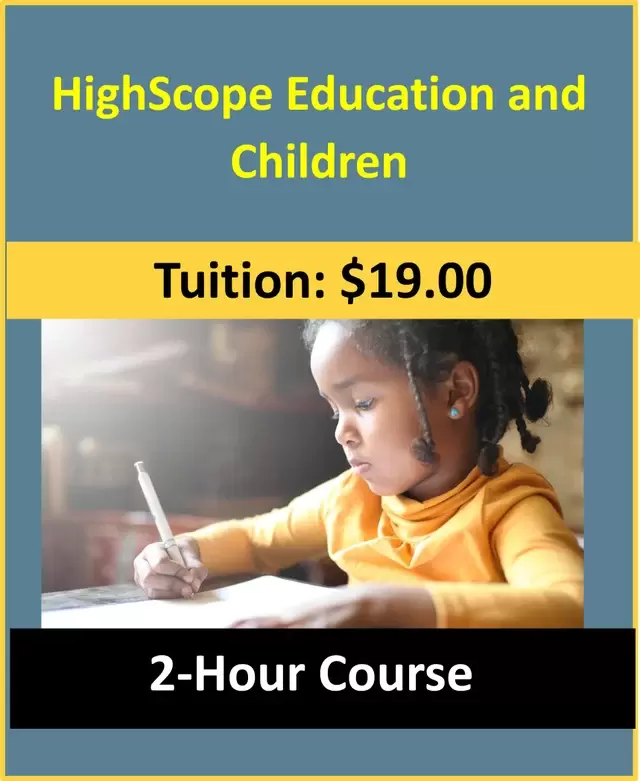
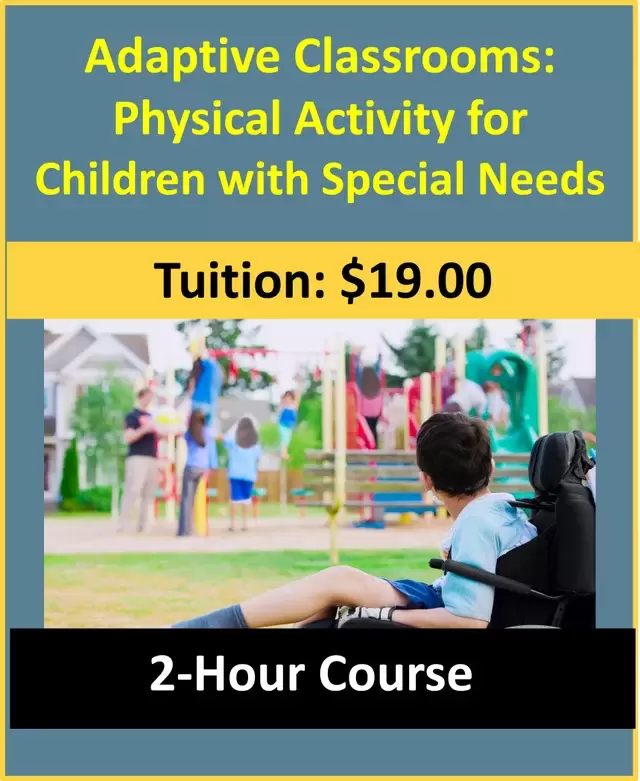
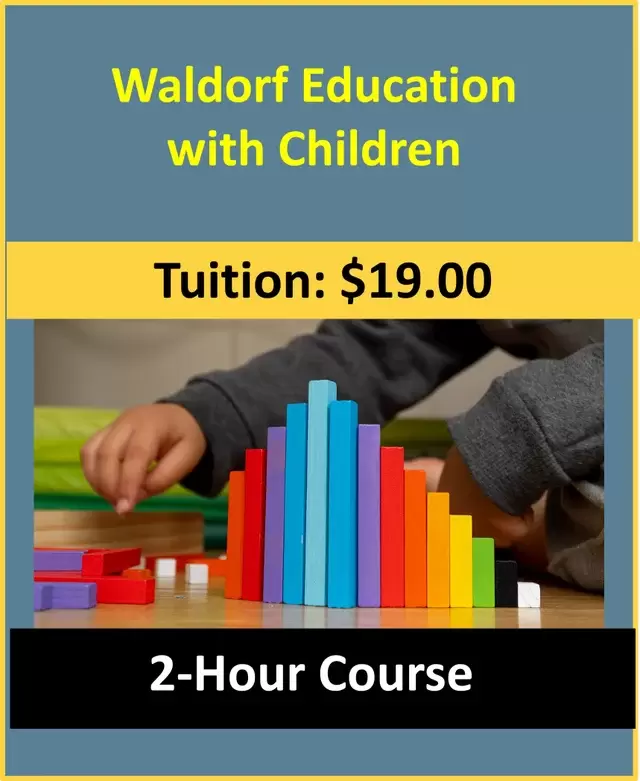
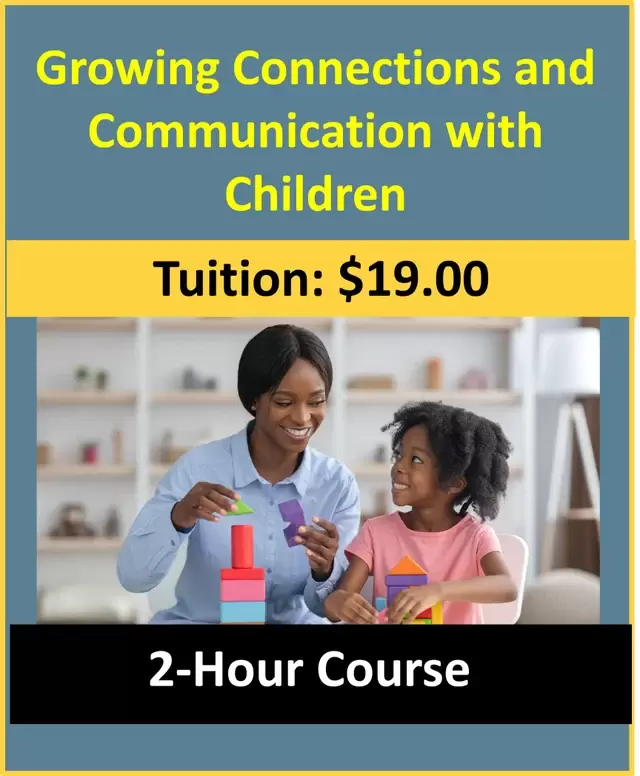

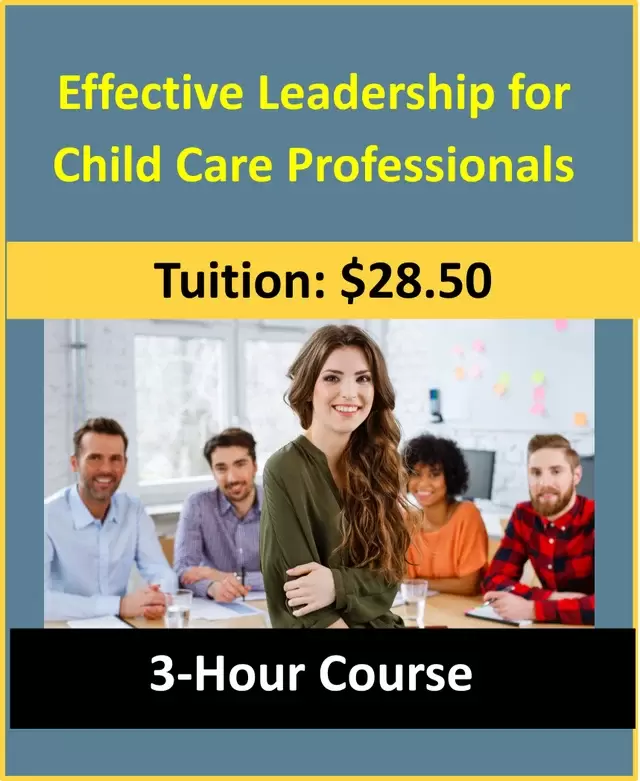
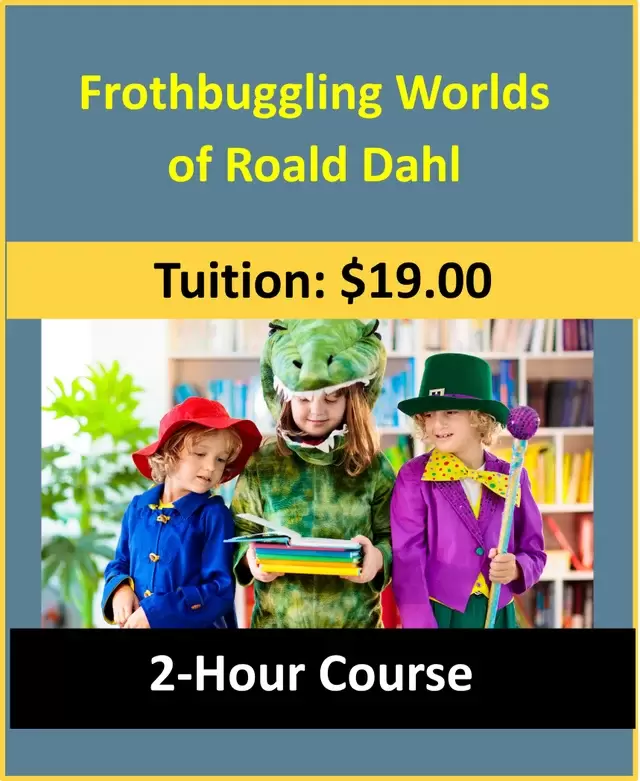
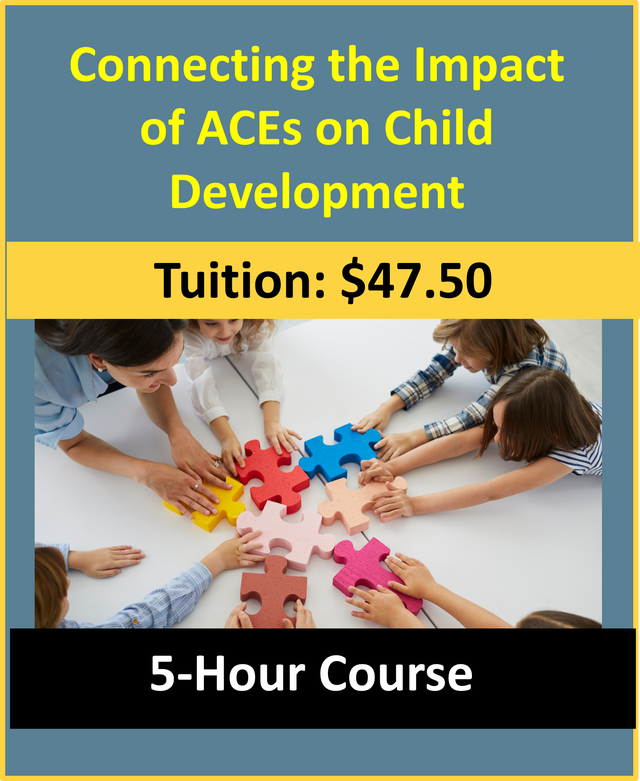
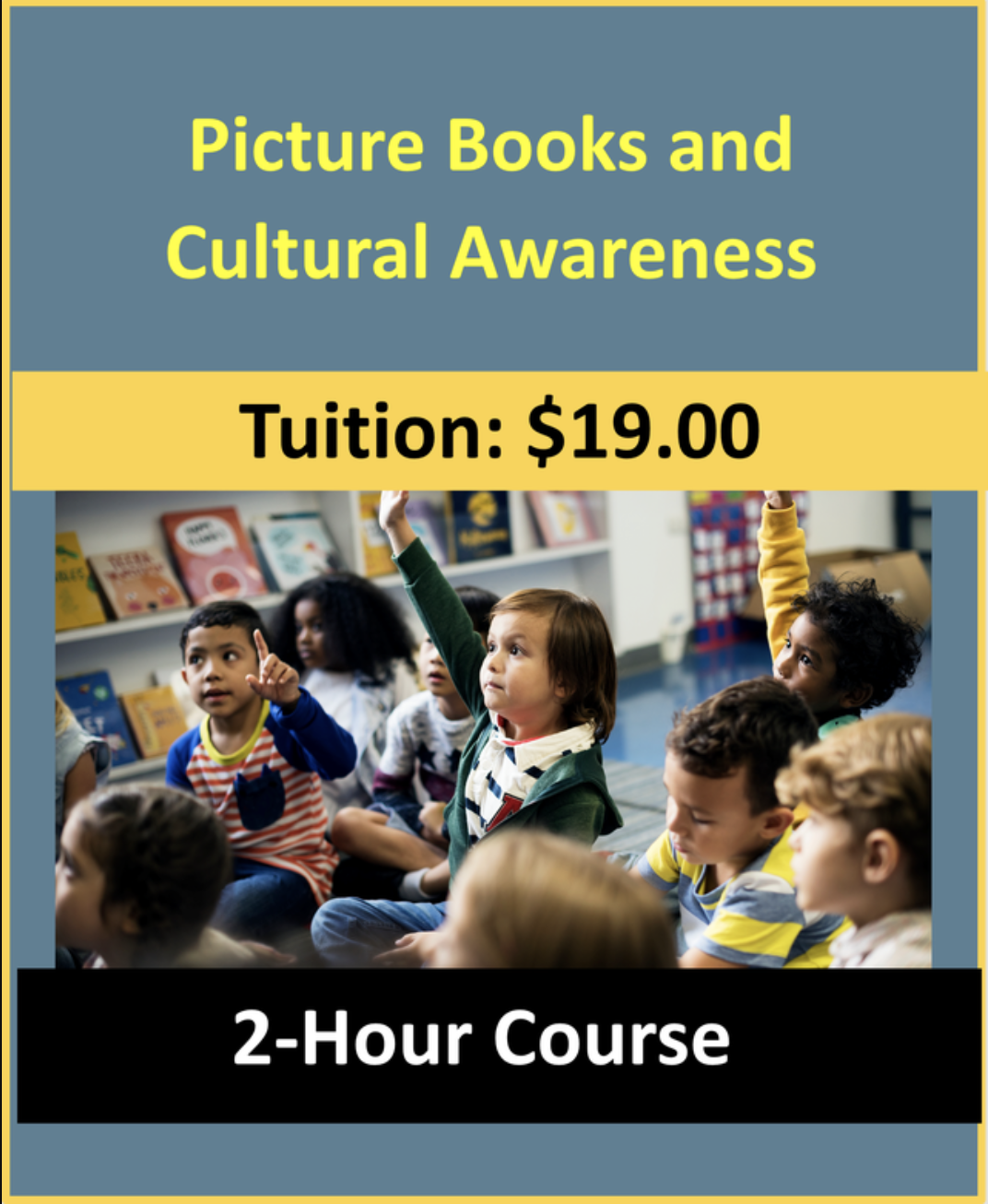
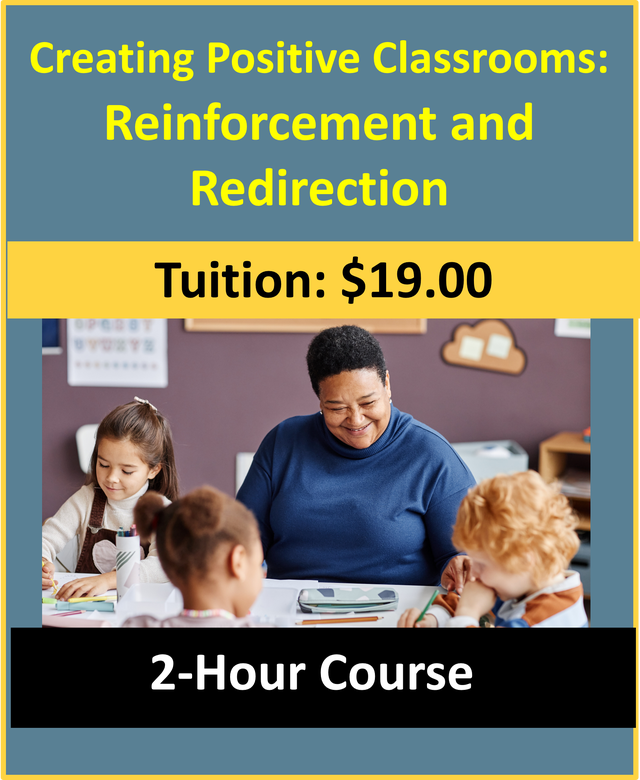

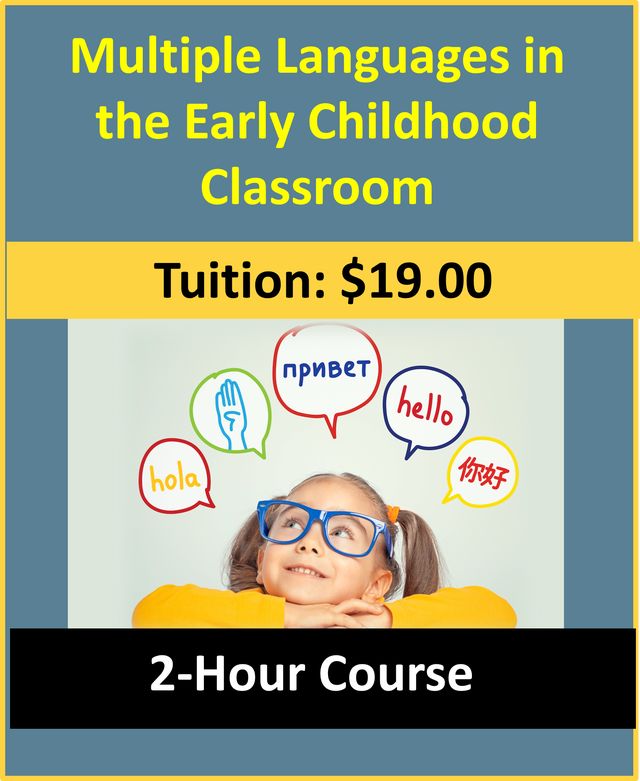
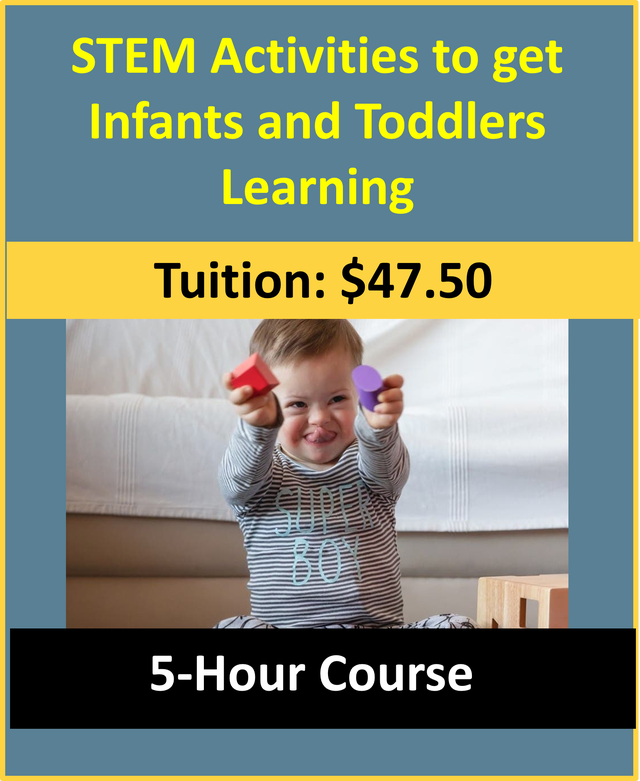
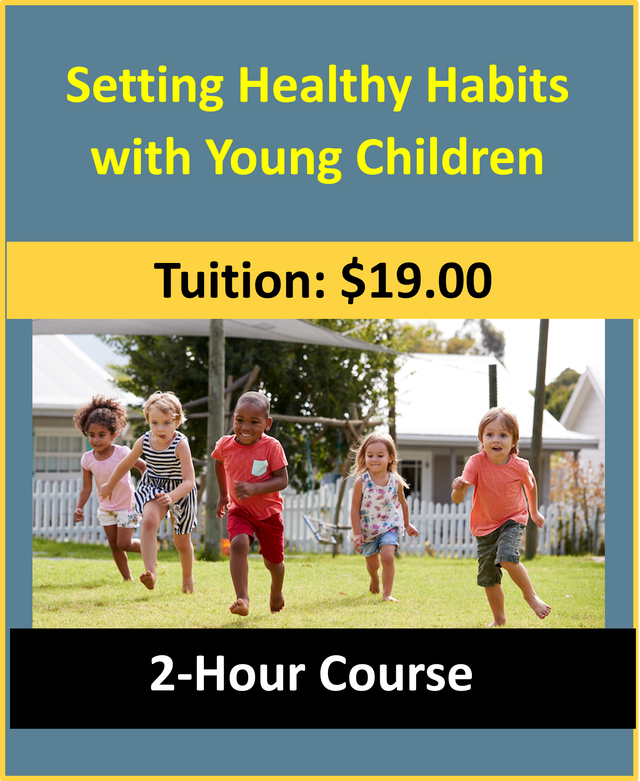
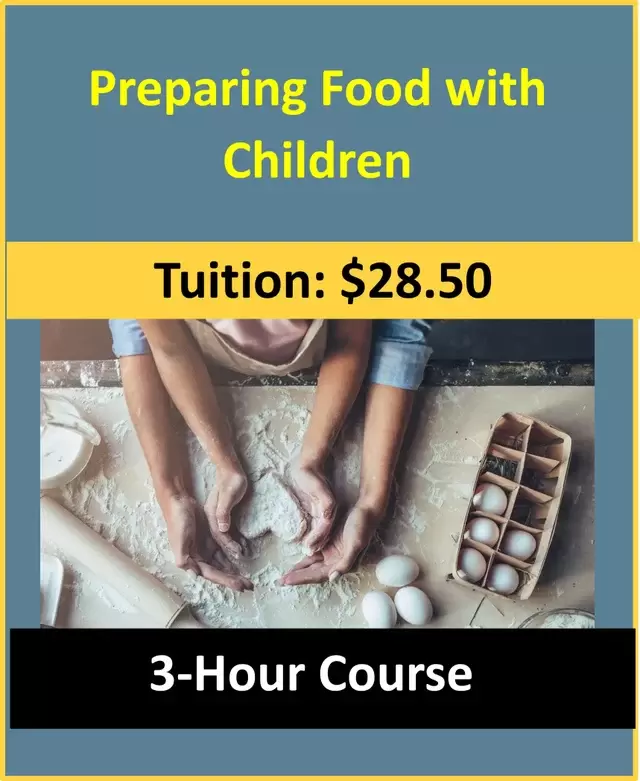
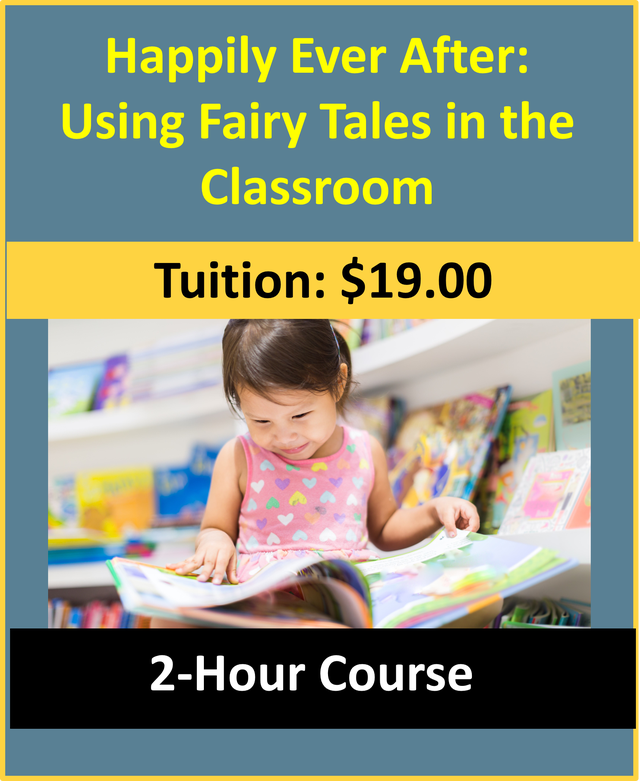
 RSS Feed
RSS Feed